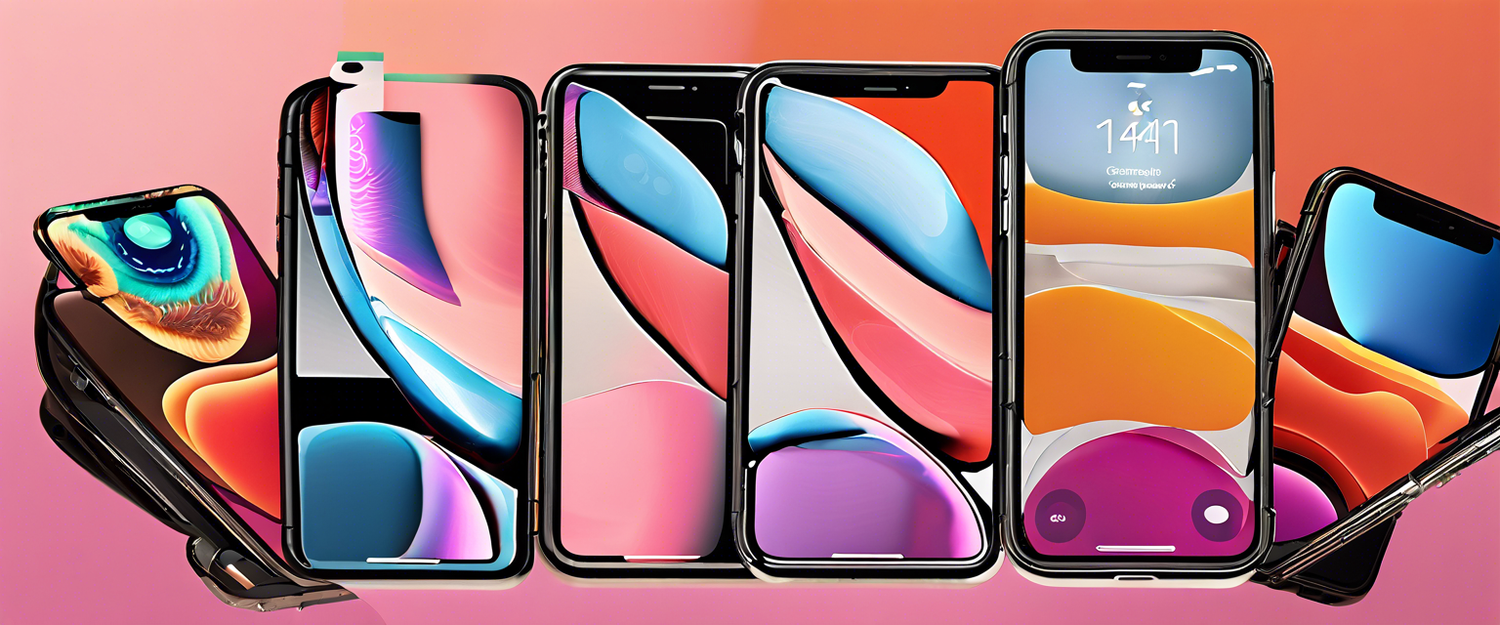Unpacking the Challenges of iPhone Repair
We embarked on a journey to understand the complexities surrounding iPhone repair. The question we aimed to answer was simple yet daunting: “What makes iPhone repair so difficult?” The answer revealed itself almost immediately: a lot.
My First Experience with iPhone Repair
As someone who had never repaired a phone prior, I was understandably anxious about opening an iPhone for the first time. This unease wasn't entirely due to fear of damaging expensive technology; it was amplified by the reputation Apple has built around its products' repairability. With the introduction of iOS 18, however, my interest peaked in a new feature called repair assistant, designed to streamline the repair process. We were eager to discover if this new tool could remedy the longstanding hurdles of iPhone repair.
The Repairability Dilemma: Parts Pairing Explained
Historically, replacing critical components of an iPhone such as the display or battery would lead to diminished functionality unless the repairs were performed through Apple's authorized channels. This situation arose primarily due to a design choice known as parts pairing.
Parts pairing operates by assigning serial numbers to the components within the device and linking these parts to the logic board. This clever design means that replacing certain parts independently or through unauthorized repair shops could disable essential phone functions like True Tone, Face ID, or even the Battery Health tracking feature.
Enter the Repair Assistant
With the introduction of the repair assistant in iOS 18, independent repair shops and DIY enthusiasts are now empowered to pair replacement parts with devices without relying on Apple’s official process. The tool aims to facilitate the replacement of genuine Apple components, and iOS 18.1 is reported to further extend this promise to include third-party displays and batteries, as emphasized in Apple’s whitepaper, Longevity, by Design.
Insights from Experts
To evaluate how effectively iOS 18's repair assistant addressed these significant challenges, I consulted with Shahram Mokhtari, the lead teardown technician at iFixit. He provided invaluable insights into Apple’s historical stance on repairability and the implications of parts pairing.
Additionally, I collaborated with Jessa Jones from iPad Rehab, a well-known advocate for the right to repair as well as an expert in iPhone repair and microsoldering. Jessa guided me through my inaugural attempt at repairing an iPhone, showcasing the nuances of repair assistant while sharing tips to navigate the various obstacles that can arise in independent repair.
The Realities of Independent iPhone Repair
The deeper we delved into the topic, the more complex the landscape of independent iPhone repair revealed itself to be. The specific challenges faced by independent repair shops are multifaceted and often frustrating.
Watch the full episode on YouTube to dive deeper into the intricacies of parts pairing and the evolving world of iPhone repair. We’re also eager to hear from you! If you have any tech questions that you would like us to explore in the future, please let us know!



Leave a comment
All comments are moderated before being published.
Trang web này được bảo vệ bằng hCaptcha. Ngoài ra, cũng áp dụng Chính sách quyền riêng tư và Điều khoản dịch vụ của hCaptcha.